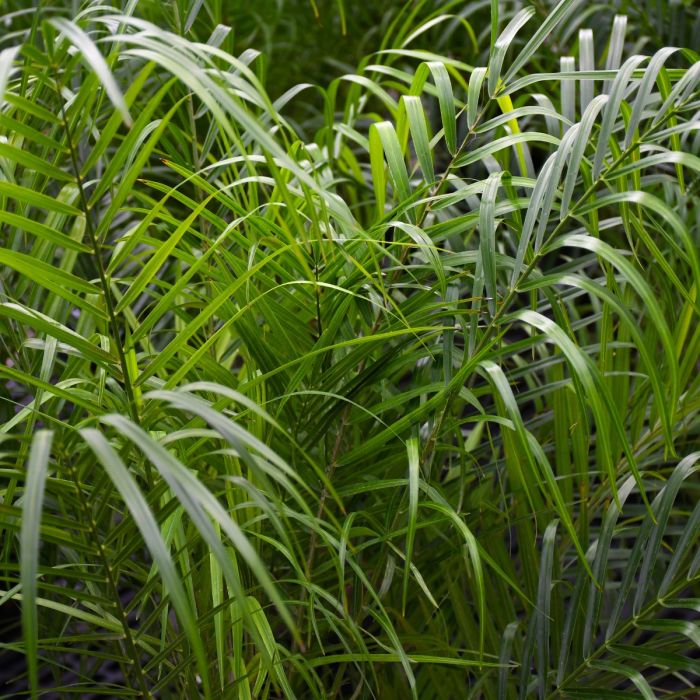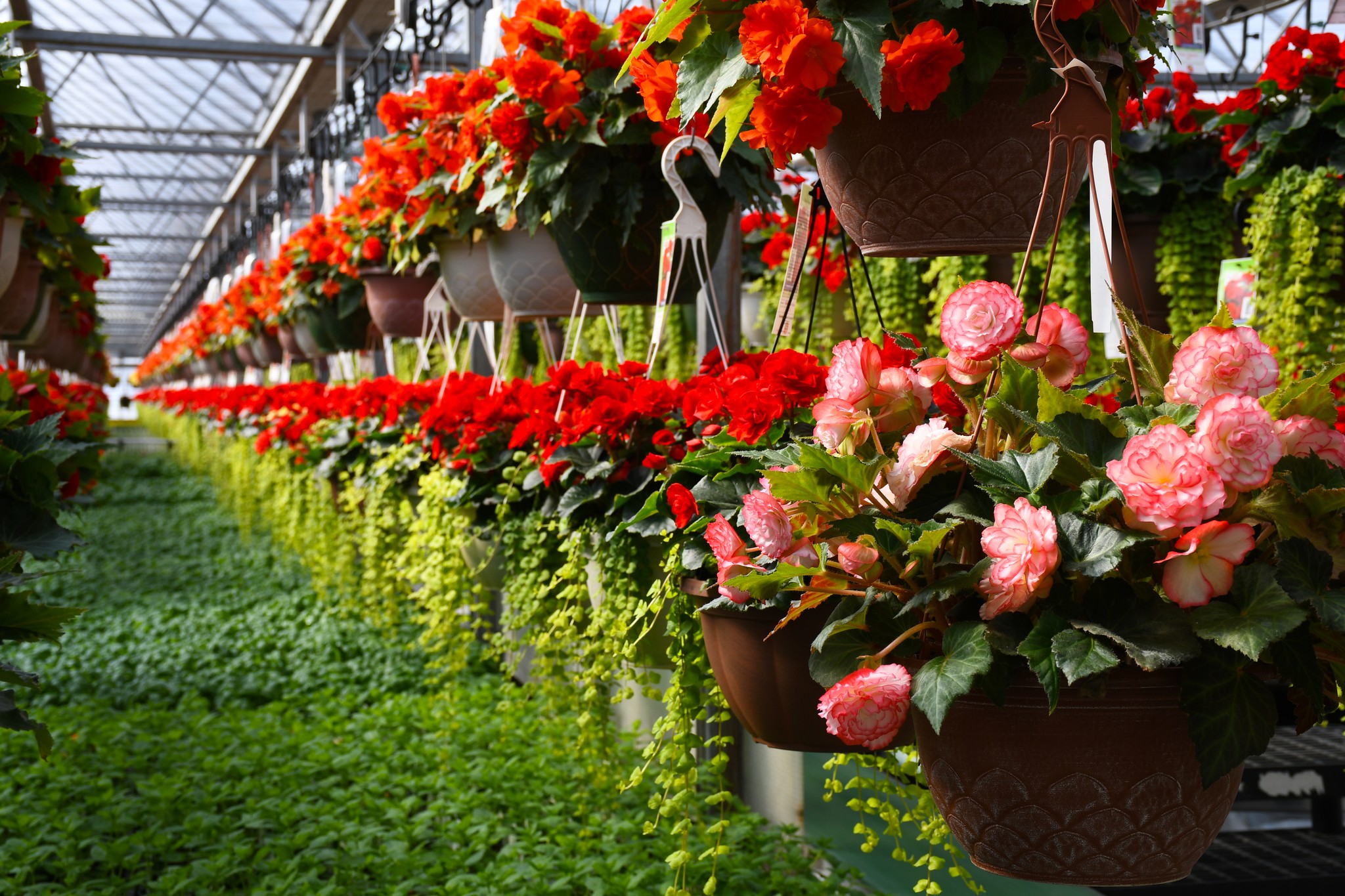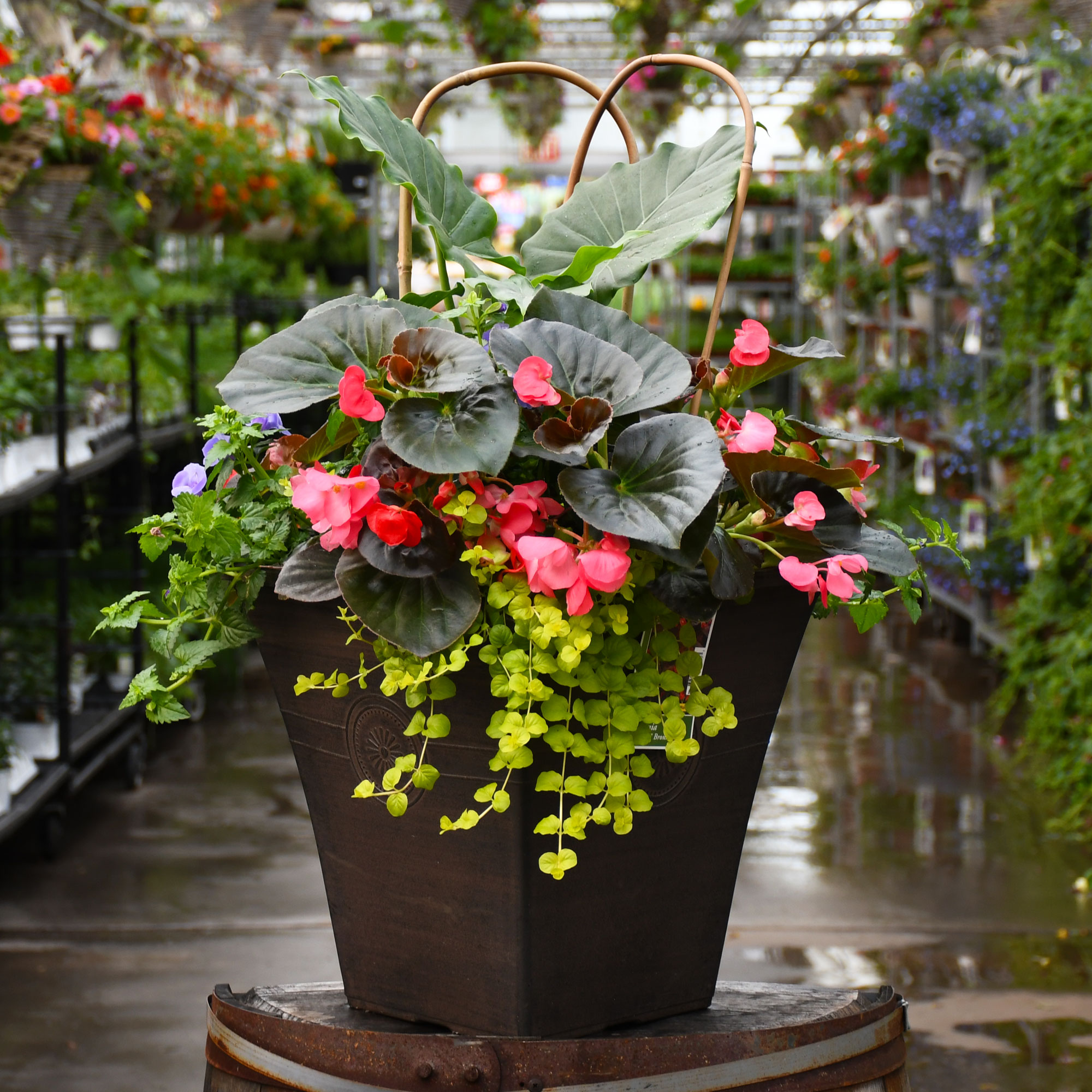Phoenix Roebelenii 'Pygmy Date Palm'


Out of stock
Temporarily Out of Stock- Sun Preference
- Full-Sun, Part-Sun
Description
Pygmy Date Palm's attractive narrow pinnately compound leaves remain bluish-green in color throughout the year on a plant with the bulk of the canopy held atop a towering trunk or stem. It has panicles of yellow flowers hanging below the branches in mid summer. This is a multi-stemmed houseplant with a towering form with a high canopy of foliage concentrated at the top of the plant. Its relatively fine texture sets it apart from other indoor plants with less refined foliage. This plant should not require much pruning, except when necessary to keep it looking its best.
Direct from the Grower
When you see the Gerten Grown logo on our annuals, you know you're getting a fresh plant directly from our greenhouse. We've been perfecting our growing process for over four generations and pride ourselves on providing local quality and freshness to our customers. Better pricing on better quality plant material, that's Gerten Grown.
Details
Pygmy Date Palm is a multi-stemmed deciduous shrub with a towering form, with a high canopy of foliage concentrated at the top of the plant. Its relatively fine texture sets it apart from other landscape plants with less refined foliage.
This shrub will require occasional maintenance and upkeep, and should not require much pruning, except when necessary, such as to remove dieback. Gardeners should be aware of the following characteristic(s) that may warrant special consideration;
- Self-Seeding
Pygmy Date Palm is recommended for the following landscape applications;
- Accent
- Vertical Accent
- Windbreaks and Shelterbelts
In its native range, Pygmy Date Palm will grow to be about 10 feet tall at maturity, with a spread of 10 feet. It grows at a slow rate, and under ideal conditions can be expected to live for 60 years or more. This is a dioecious species, meaning that individual plants are either male or female. Only the females will produce fruit, and a male variety of the same species is required nearby as a pollinator.
This shrub does best in full sun to partial shade. It does best in average to evenly moist conditions, but will not tolerate standing water. It is not particular as to soil type or pH. It is somewhat tolerant of urban pollution. This species is not originally from North America.
When grown indoors, Pygmy Date Palm can be expected to grow to be about 10 feet tall at maturity, with a spread of 10 feet. It grows at a slow rate, and under ideal conditions can be expected to live for approximately 60 years. This houseplant will do well in a location that gets either direct or indirect sunlight, although it will usually require a more brightly-lit environment than what artificial indoor lighting alone can provide. It does best in average to evenly moist soil, but will not tolerate standing water. The surface of the soil shouldn't be allowed to dry out completely, and so you should expect to water this plant once and possibly even twice each week. Be aware that your particular watering schedule may vary depending on its location in the room, the pot size, plant size and other conditions; if in doubt, ask one of our experts in the store for advice. It is not particular as to soil type or pH; an average potting soil should work just fine.
There are many factors that will affect the ultimate height, spread and overall performance of a plant when grown indoors; among them, the size of the pot it's growing in, the amount of light it receives, watering frequency, the pruning regimen and repotting schedule. Use the information described here as a guideline only; individual performance can and will vary. Please contact the store to speak with one of our experts if you are interested in further details concerning recommendations on pot size, watering, pruning, repotting, etc.
-- THIS IS A HOUSEPLANT AND IS NOT MEANT TO SURVIVE THE WINTER OUTDOORS IN OUR CLIMATE --
More Information
| Common Family Name | Citrus |
|---|---|
| Sun Preference | Full-Sun, Part-Sun |
| Plant Life Cycle | Annual |


